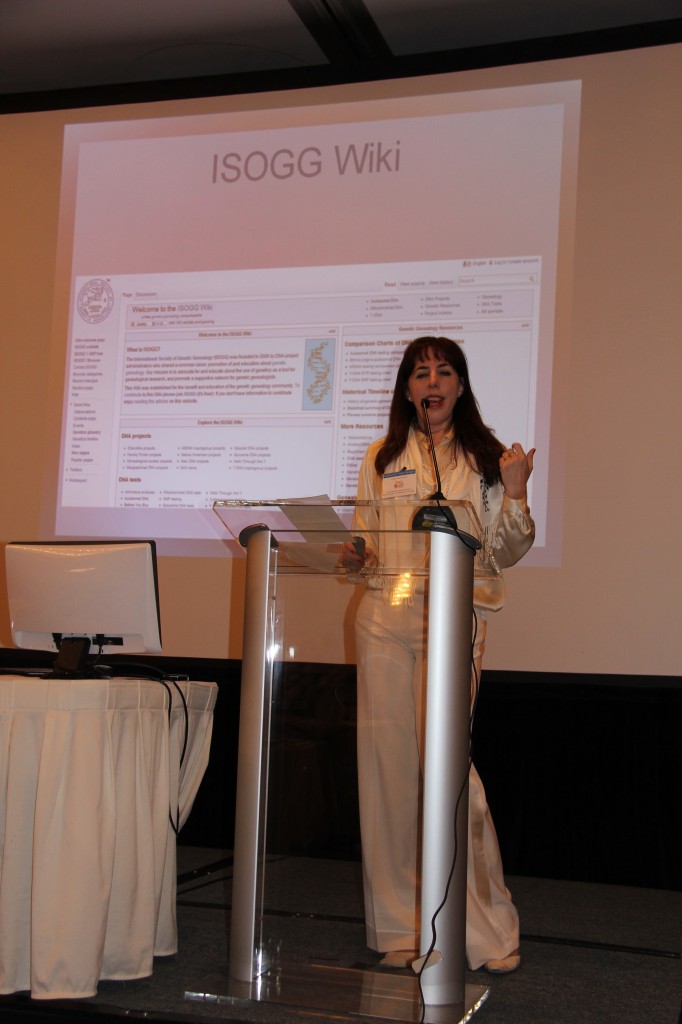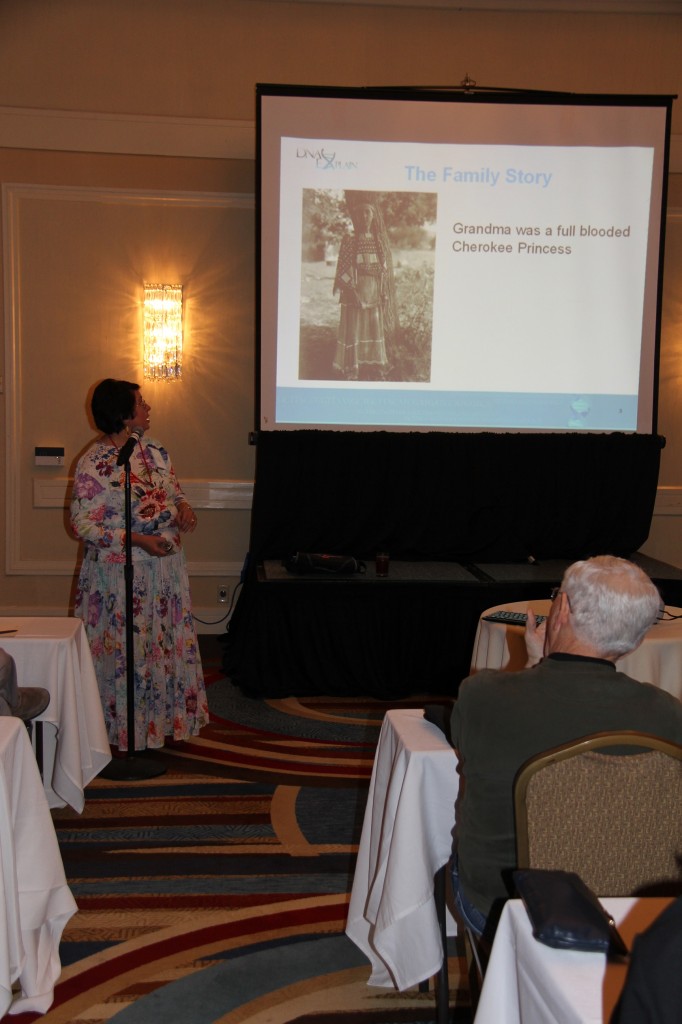No. 1. In 1586, the first thanksgiving held by Englishmen on the North American continent took place on Roanoke Island, North Carolina. This celebration was by the company of 100 men from Cornwall, England that Sir Walter Raleigh had brought to America to found a colony. After a year when the relief ship arrived, they held a thanksgiving dinner, and fed-up with the hardships and perils, they all went home.
No. 2. In 1609, at Jamestown, Virginia, the starving remnants of the first settlers held a thanksgiving dinner while awaiting the arrival of their relief ship.
No. 3. In 1612, also at Jamestown, Virginia, a dinner was held after the arrival of Governor Dale with a ship-load of girls intended to become the wives of the settlers.
No. 4. In 1619, a dinner of thanks was held at Berkley Plantation on the James River in Virginia.
No. 5. In 1621, at Plymouth Plantation, a great dinner of thanks was held. Pilgrim Edward Winslow in a letter of December 11, 1621, to a friend in England, described their First Thanksgiving (as printed in Mourt's Relation) as follows.
"Our harvest being gotten in our Governor sent four men on fowling, so we might after a more special manner rejoice together, after we had gathered the fruit of our labors. They, four, in one day killed as much fowl as with a little beside, served the company almost a week. At which time amongst other recreations, we exercised our arms, many of the Indians coming amongst us, and amongst the rest their greatest King Massasoit with some 90 men, whom for three days we entertained and feasted. And they went out and killed five deer which they brought to the Plantation, and bestowed on our Governor, and upon the Captain and others."This latter Thanksgiving dinner is the one that has survived and became the National Holiday.
© History Chasers Click here to view all recent Historical Melungeons Blog posts
Enter your email address to start receiving this blog in your inbox




